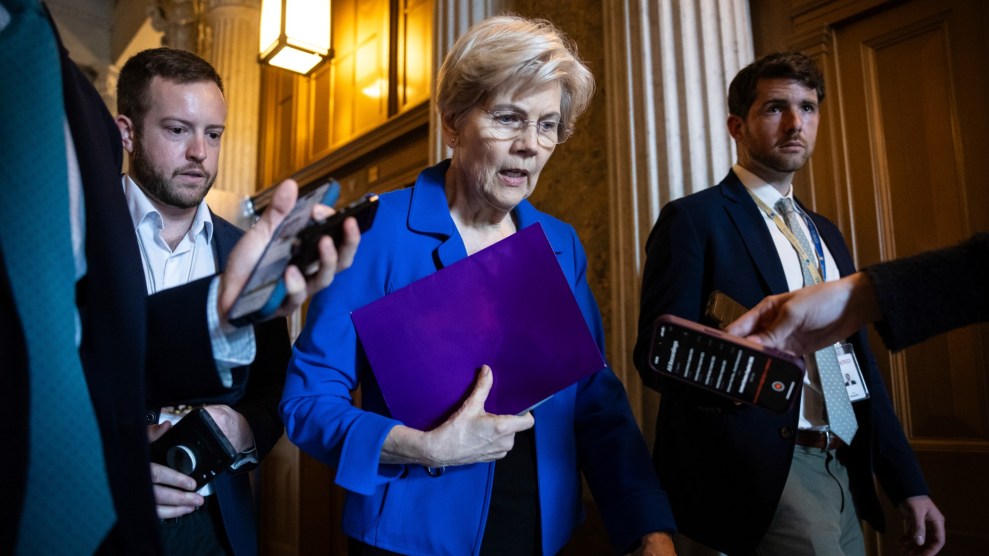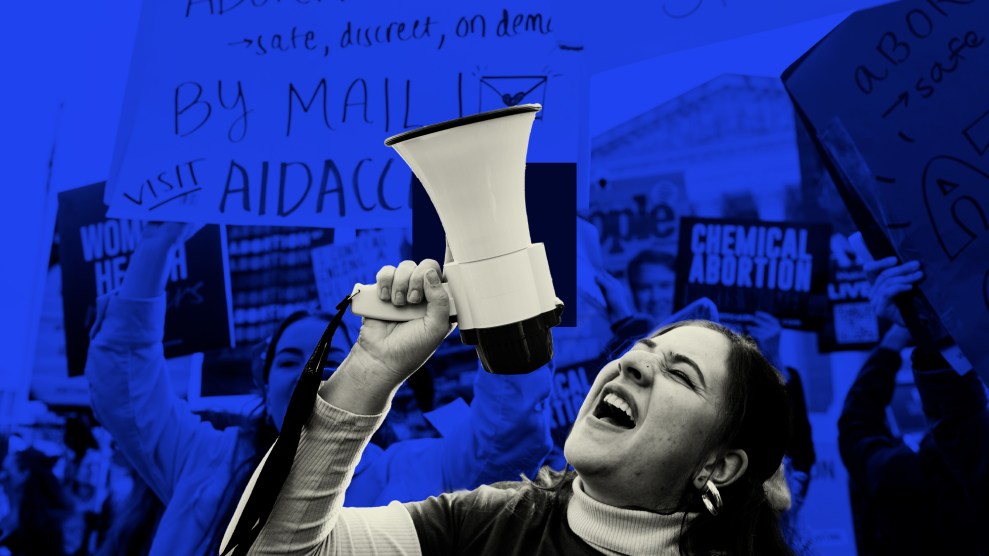Peter Suderman thinks that if liberals are nostalgic for Clinton-era tax rates, maybe we should be nostalgic for Clinton-era spending rates as well:
Why should we limit ourselves to just replicating one tiny fragment of Clinton-era governance—higher tax rates on a fairly small number of earners? Why not replicate other aspects of Clinton’s policy mix as well? Probably because that would entail mentioning something that Obama’s frequent invocations of the Clinton years always ignore: that Clinton’s spending levels were far, far lower than they have been for the last four years—or than President Obama has called for them to be in the years to come.
That’s true! Unfortunately, Peter mostly uses nominal spending figures for his comparison, which doesn’t make much sense. But he also points out that on a measure that does make sense—federal spending as a percent of GDP—Clinton ended his second term at about 18 percent, while Obama is currently spending 24 percent of GDP.
A good deal of that is because GDP peaked in 2000 thanks to the dotcom boom, while GDP is artificially low right now thanks to a weak recovery from the financial collapse. Spending as a percent of GDP always rises during recessions and then slowly declines during expansions. Still, Peter points out that even Obama’s future budgets envision spending at 21 percent of GDP. What’s up with that?
Answer: we’re getting older! That’s it. We’re never going back to the halcyon days of federal spending at its historical average of 19-20 percent of GDP. America is aging, which all by itself boosts spending over the next couple of decades to about 22 percent of GDP. Rising healthcare costs add another point or two to that. Even if we’re really frugal in every other area, there’s just no way we’ll be spending much less than 23-24 percent of GDP in 2030.
Everyone really needs to understand this. We don’t suffer from runaway spending. It’s true, as Peter points out, that we could spend less on defense. There are domestic programs that could be cut too. Ethanol subsidies pop immediately to mind. Overall, though, discretionary spending has been flat for many years, and it’s projected to decline in the future. The plain truth is that our future spending increases are all driven by two things: an aging population and rising healthcare costs. That’s it. That’s the story. That’s why we need Clinton-era tax levels but will never, ever reach Clinton-era spending levels again. Everything else is just sound and fury, signifying nothing.

















